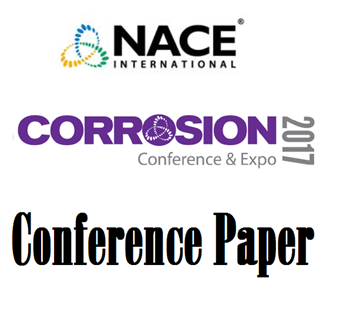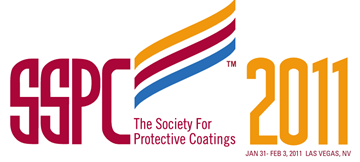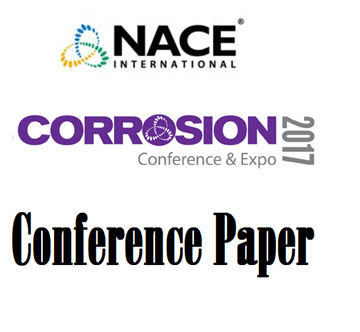Search
Individual Conference Papers
View as
Sort by
Display
per page
Specifying Concrete Coating Projects in Water and Wastewater Treatment Structures
Product Number:
41215-915-SG
Publication Date:
2015
$20.00
Specifying Corrosion Protection for the Offshore Wind Turbine Industry
Product Number:
51317--9091-SG
ISBN:
9091 2017 CP
Publication Date:
2017
$20.00
Speed up Your Dry Film Thickness Measurements Using a Scanning Probe
Product Number:
41214-818-SG
Publication Date:
2014
$20.00
Spherical Tank External Coating Simplified Strong Teamwork
Product Number:
41206-255-SG
Publication Date:
2006
$20.00
Splash Zone Coating Performance after Long Term Offshore Exposure
Product Number:
51323-19143-SG
Publication Date:
2023
$20.00
Split Chamber Zero Resistance Ammetry Technique (SC-ZRA) For Detecting And Quantifying Microbially Influenced Corrosion In Oil And Gas Systems
Product Number:
51322-18191-SG
Publication Date:
2022
$20.00
Spot Painting as a Bridge Preservation Tool
Product Number:
41214-835-SG
Publication Date:
2014
$20.00
Spot-and-Sweep' Blasting for Cost Effective Outer Hull Surface Preparation
Product Number:
41213-760-SG
Publication Date:
2013
$20.00
Spray Polyurea System for Challenging Applications
Product Number:
41211-625-SG
Publication Date:
2011
$20.00
Spray-On Ceramic Insulation Up To 450C And Encapsulating Existing Corrosion Without Sandblast
Product Number:
41213-776-SG
Publication Date:
2013
$20.00
Spread of Corrosion Assessment on Flexible Elastomeric Insulation Systems in a Continuous Salt-Water Spray Environment
Product Number:
51317--8907-SG
ISBN:
8907 2017 CP
Publication Date:
2017
$20.00
Spring Failure at North Sea Valve (NSV)
Product Number:
51323-19367-SG
Publication Date:
2023
$20.00












